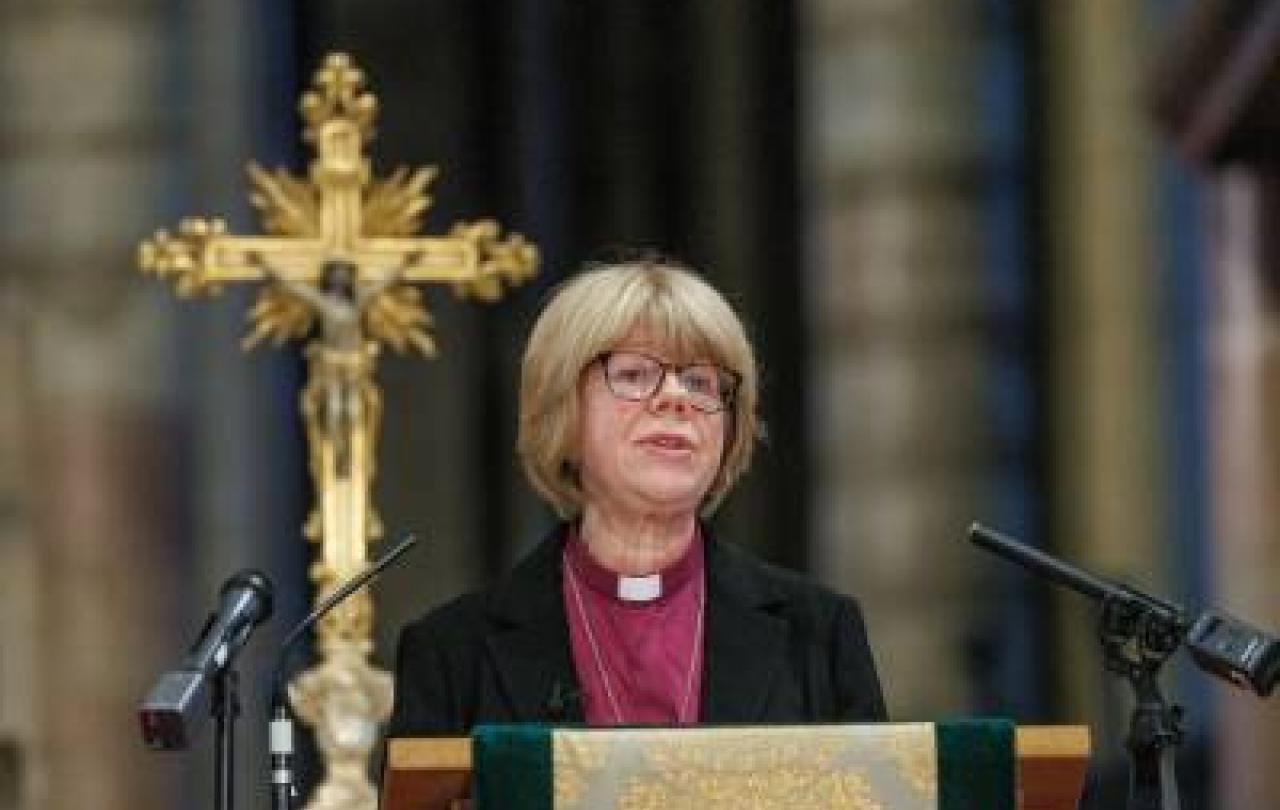
It was 1914, Christmas on the Western Front. Here, from trenches scarring the Belgian countryside, echoed not the sound of war, but carols—the song of soldiers, bold, vibrant, and clear.
Not every sector heard the sound. But Ernie Williams, of the 6th Battalion Cheshire Regiment, did. Across his sector, he heard a chorus of German carols converge with English. Even more miraculous: both sides emerged into No Man’s Land, shaking hands, taking pictures, exchanging gifts—enemies who, just hours earlier, were trading hot lead, now kicking a football back and forth.
The miraculous ceasefire was, at the time, both a media spectacle and a propaganda nightmare. The Daily Mirror published private letters from the front with details for a captivated public. The military high commands from both Christian nations worked to censor the story. The images of enemies together contradicted propaganda carefully crafted to demonise one other.
The men prosecuting the war from desks believed this epidemic of goodwill could extinguish fighting spirit. But they could never deny that at the front, one sector of No Man’s Land had been converted into common ground. Enemies met as converted men, if only for a moment—converted to a wider way of seeing and being, alive with possibilities for peace.
For a moment, enemies became what they really were, brothers—in defiance of their own Christian nations. This is, for us, a clear line of sight into the marked difference between the Spirit of Christ and the semblance that is Christendom. A Christmas conversion if there ever was one.
Scrooge has always pointed modern people towards Christmas conversion and its deeper economy, away from the business of bottom line towards brotherhood.
But this conversion on No Man’s Land makes the “Believe!” sign hung atop Macy’s Department Store in New York City seem shallow. The M&S Christmas advert, trite. Yet these are the conversions we know, the ones we experience year and year, season after season, without much consent or choice. It’s a manufactured conversion, not towards the brotherhood of humanity, but to the bottom line. Our coffee cups, converted from drab white to ruby red. Commercial jingles add sleigh bells. In all kinds of ways, daily life converts us towards a season of consumption called Christmas.
But who denies this? I’m stating the obvious: capitalism, materialism, consumerism. Every -ism a shoddy container of Christmas Spirit. We know this truth. We make it the moral of our stories. We’re moderns after all.
Grateful as ever to the Dickens, our benefactor of Christmas. Scrooge has always pointed modern people towards Christmas conversion and its deeper economy, away from the business of bottom line towards brotherhood. This deeper economy of concrete choice and the reality of conversion came straight from the mouth of Marley’s ghost, framed by an epiphany of regret:
“Mankind was my business. The common welfare was my business; charity, mercy, forbearance, and benevolence, were, all, my business. The dealings of my trade were but a drop of water in the comprehensive ocean of my business!”
The gap between knowledge and wisdom, theory and experience, is widest at this point. We thrill ourselves to watch Scrooge find that “everything could yield him pleasure”—like the Christmas morning churches with bells “ringing out the lustiest peals he had ever heard. Clash, clang, hammer; ding, dong, bell. Bell, dong, ding; hammer, clang, clash! Oh, glorious, glorious!” But is this our conversion?
From the deep peals of the bells, to the new man Scrooge, to the miracle of No Man’s Land becoming common ground, these are a fragmentary glimpse into the conversion that begins with Christmas but also outlasts it.
If we’re honest, perhaps the bells of churches don’t always resound in our ears with hope, glad tidings, and peace. Our eyes and ears are on Ukraine, Israel, Gaza, Myanmar, on a world teetering, careening, towards another Christmas of contradiction—songs of peace on earth in a world at war with itself. In this chaos, church bells—if they’re heard at all— can be heard as a mockery of suffering, a maligning of the oppressed, a fanciful hope in a violent world.
It’s what Longfellow heard, an American contemporary of Dickens, during the American Civil War. Longfellow wrote the poem that would become a classic carol, 'I Heard The Bells on Christmas Day' in 1863, at the fever pitch of the war. At the time, a war that was only magnifying personal tragedy and crisis. He was both grieving the death of his wife while trapped in an excruciating period of waiting, to learn whether his wounded son, an officer in the Union, would live or die.
As he wrote, Longfellow found in himself the reality that disillusionment had given way to despair,
And in despair I bowed my head;
"There is no peace on earth," I said;
"For hate is strong,
And mocks the song
Of peace on earth, good-will to men!"
We talk of Scrooge being damned at Christmas, less so of disillusionment and despair. But even so, despair rises like a tide in us. A cynicism confused with honesty, drawn out by the gravity of seemingly unrestrained cycles of violence, chaos, and evil.
Whether we be damned or despairing, we need conversion. And it’s here where we meet that truly decisive question: converted to what exactly? What draws us up out of damnation or despair? What sort of conversion turns No Man’s Land into common ground, enemies into a carolling chorus of converted men?
We see a glimmer as Longfellow goes on,
Then pealed the bells more loud and deep:
"God is not dead, nor doth He sleep;
The Wrong shall fail,
The Right prevail,
With peace on earth, good-will to men.”
From the deep peals of the bells, to the new man Scrooge, to the miracle of No Man’s Land becoming common ground, these are a fragmentary glimpse into the conversion that begins with Christmas but also outlasts it. It is the mystery and meaning and majesty at the heart of everything, incarnation: God With Us.
God’s solidarity with the weak is revealed in his becoming weak. His identifying with us as the demonstration of his love for us. His rejection by us never canceling out his love and its endless desire for reconciliation with us. These endless dimensions of incarnation, of an intrusion that startles the status quo, elicits nothing short of conversion.
Conversion is the only way to see and savour Christmas. A change marked by an expansive opening of wider vistas, a new way of seeing and living, the ushering in of new possibilities, of shattering the fatalities and necessities that claim to define and determine our lives, that keep us from changing since “that’s just the way things are.”
All this from a Jewish baby—not a precept, proposition, or program, but a person—born under the rule of Herod and Augustus, a person in whom our hopes and fears in our waitings and longings collides. He forever tells the truth that it is not the high command of Christian nations or the glitz of luxury that builds common ground, but the weakness of God, a God in a cradle in the world that is no man’s land. This person is the mystery and meaning and majesty that creates the common ground where enemies are made brothers, the person in whom God and man commune with peace on earth, good will to men.





